
Hungary Animals
Follow the Trail of Wild Nature – Nature Tourism in Hungary
Hungary, a country known for its stunning landscapes and rich biodiversity, is home to a fascinating array of wildlife. From the great plains of the Puszta to the dense forests of the Bükk Mountains, Hungary offers a diverse habitat for a variety of animal species.
Embark on a journey to discover the incredible wildlife that calls Hungary home. Encounter the majestic red deer, a symbol of the country's forests, as they roam freely in search of food and shelter. Keep an eye out for the elusive European wildcat, a master of stealth and camouflage in the woodlands. And don't miss the graceful white-tailed eagle, soaring high above the Danube River, showcasing the country's thriving birdlife. Join us as we explore the living wonders of Hungary's natural world.
Mammals of Hungary
Venturing into the verdant landscapes of Hungary, one is likely to encounter a diverse array of indigenous mammals that thrive in its varied habitats. The majestic red deer, with their impressive antlers, roam the dense forests, while the elusive Eurasian lynx, a master of stealth, also calls these woodlands home. In the open grasslands, the fleet-footed European hare can be seen darting through the underbrush. Hungary's rivers and wetlands provide a haven for the semi-aquatic Eurasian otter, an expert swimmer and fisher. The country's diverse mammalian life is a testament to the rich natural heritage that Hungary preserves within its borders.
Birds of Hungary
Hungary, with its diverse habitats ranging from the Great Plain to the rolling hills of the north, is a haven for bird enthusiasts. The country's national bird, the Great Bustard, is a sight to behold in the open grasslands, where it performs its flamboyant mating display. The majestic White-tailed Eagle soars above the Hungarian waterways, particularly in the Hortobágy National Park, a UNESCO World Heritage site and a key stopover for migratory birds. The reed beds of Lake Balaton and the Tisza River are bustling with the chatter of Reed Warblers and the iconic sight of Great White Egrets. In the dense forests, the Black Woodpecker can be heard drumming on trees, while the colorful Bee-eater graces the skies in warmer months. Hungary's commitment to conservation ensures that these avian treasures continue to thrive, offering birdwatchers a rich tapestry of species to admire.
Reptiles, Amphibians, Insects
Top Spots for Wildlife Observation in Hungary
- Hortobágy National Park, situated in the eastern part of Hungary, is the country's largest protected area and a UNESCO World Heritage Site. This vast expanse of puszta (Hungarian steppe) is a haven for birdwatchers, hosting a variety of species such as the great bustard, the Eurasian spoonbill, and the saker falcon. Visitors may also spot the Hungarian grey cattle and the Nonius horse, traditional breeds that roam the grasslands.
- Kiskunság National Park, located in the central part of Hungary, is a mosaic of sand dunes, salt lakes, and wetlands. It is particularly known for its large populations of avifauna, including the European roller, the white-tailed eagle, and the black-winged stilt. The park's saline lakes are also a key habitat for the great egret and the avocet.
- Bükk National Park, nestled in the northern mountainous region of Hungary, is characterized by its dense forests and limestone formations. This park is home to the elusive Eurasian lynx, as well as a variety of bats and the Ural owl. The park's clear streams and caves provide a unique ecosystem for these species.
- Fertő-Hanság National Park, located near the Austrian border, encompasses part of the Fertő/Neusiedlersee Cultural Landscape. The wetlands and reed beds are a sanctuary for waterfowl, including the greylag goose and the red-crested pochard. The park is also known for its population of the great white egret and the purple heron.
- Aggtelek National Park, famous for its extensive cave system, which is another UNESCO World Heritage Site, lies in the northeastern part of Hungary. Above ground, the park's mixed forests are home to the European roe deer, the red deer, and various species of woodpeckers. The park's meadows and pastures also support a variety of butterflies and insects.
- Duna-Dráva National Park, located in the southern part of Hungary along the Danube and Drava rivers, offers a diverse range of habitats, from floodplain forests to oxbow lakes. The white-tailed eagle is a notable resident here, and the park's backwaters are important breeding grounds for the black stork and the little egret.
- Duna-Ipoly National Park, stretching from the outskirts of Budapest to the Slovakian border, includes parts of the Danube River and the Börzsöny Hills. The park is a refuge for the European otter and the fire salamander, and its forests provide a habitat for the middle spotted woodpecker and the black stork.
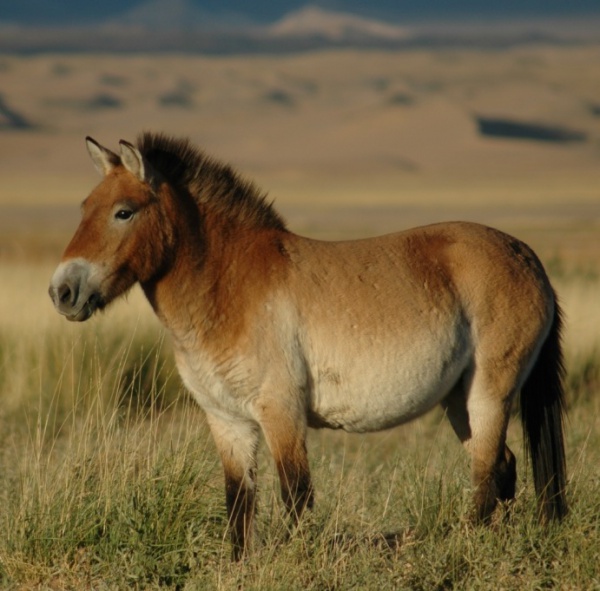
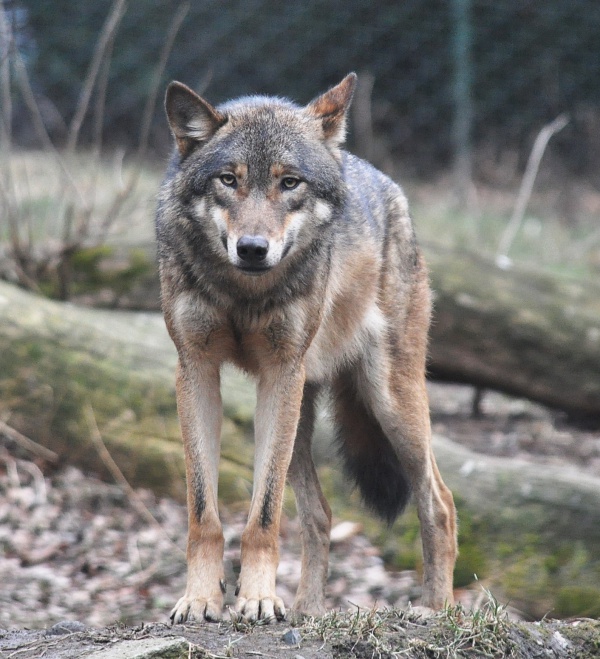
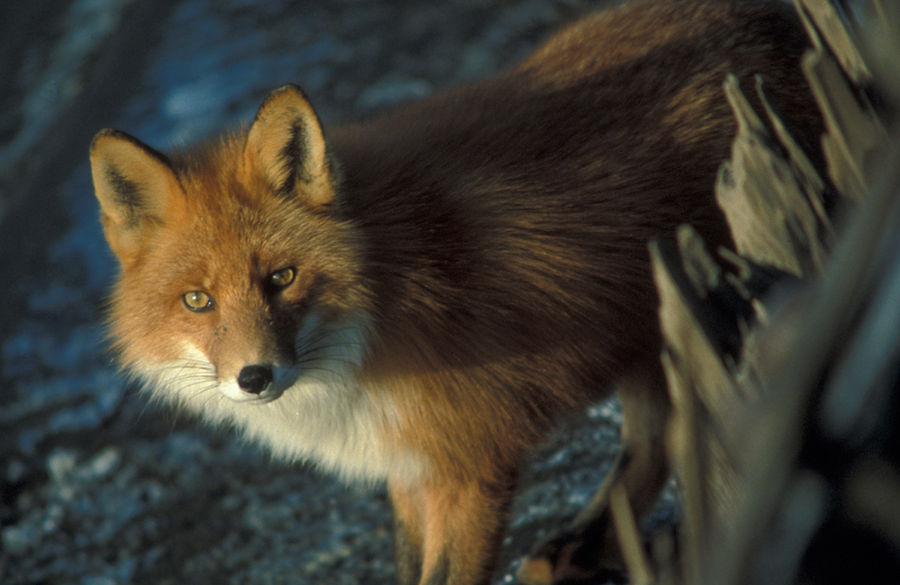
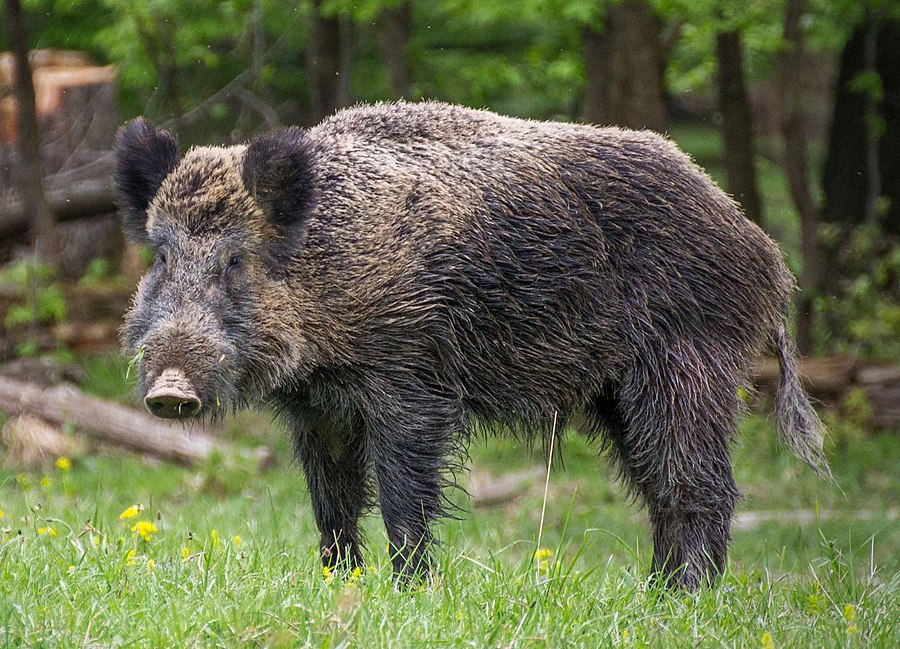
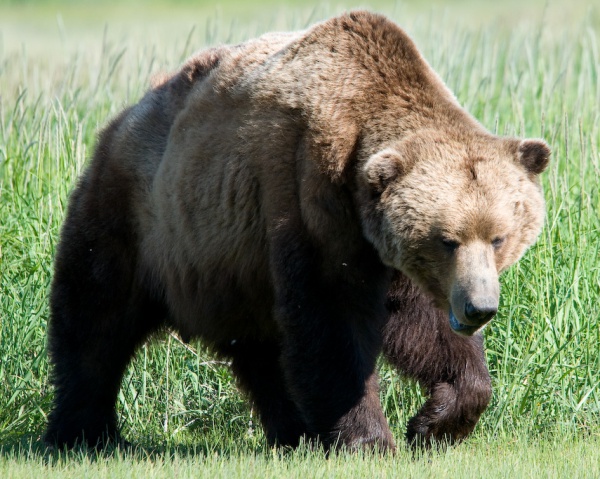
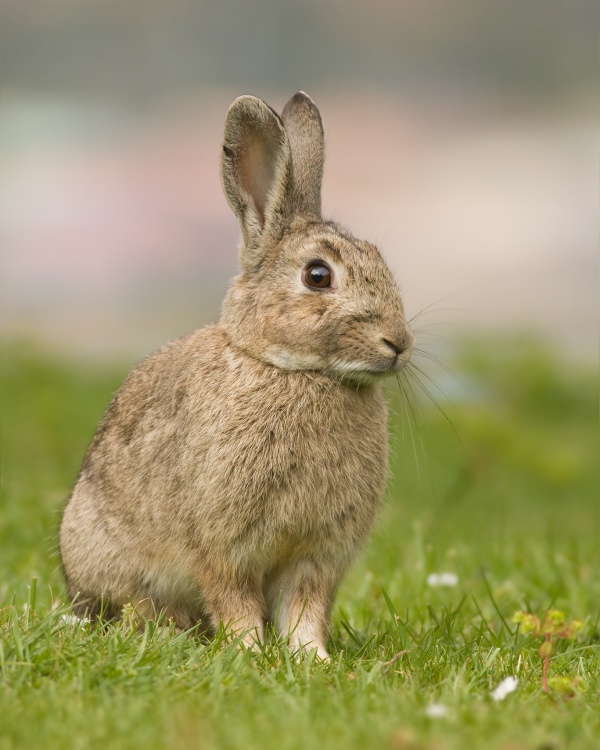
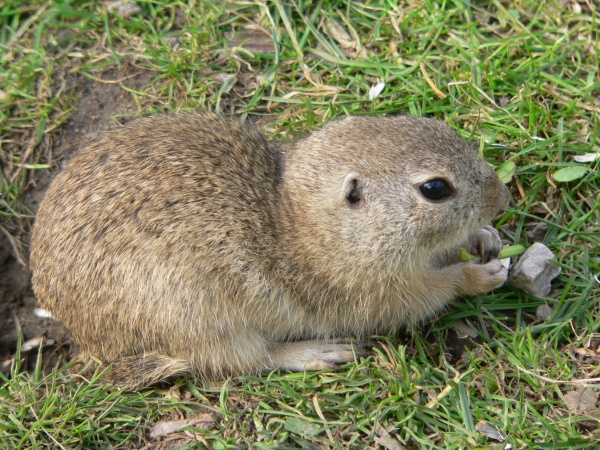
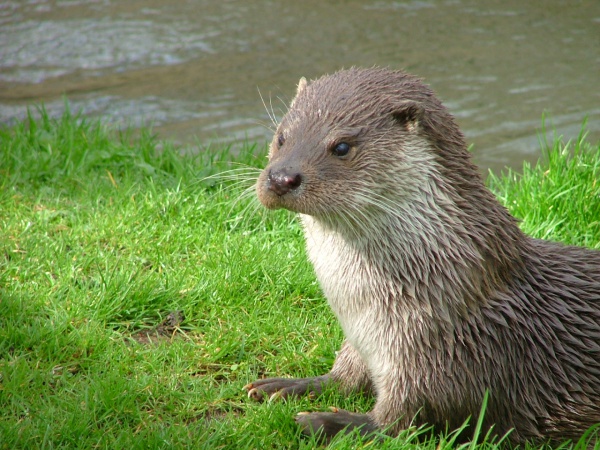
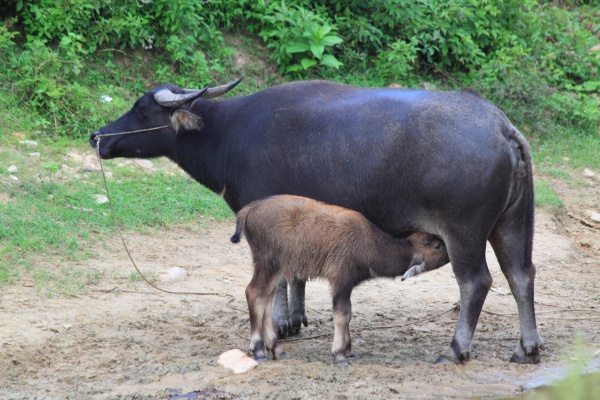
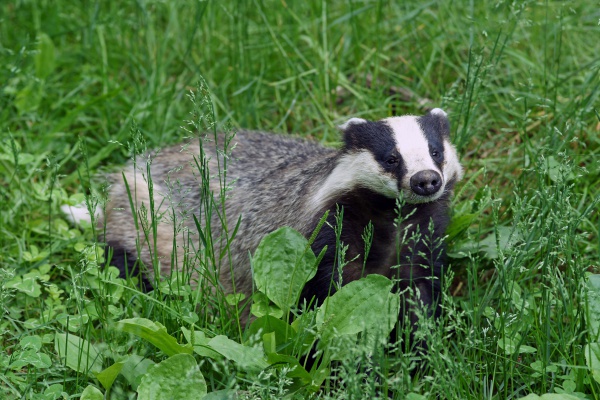
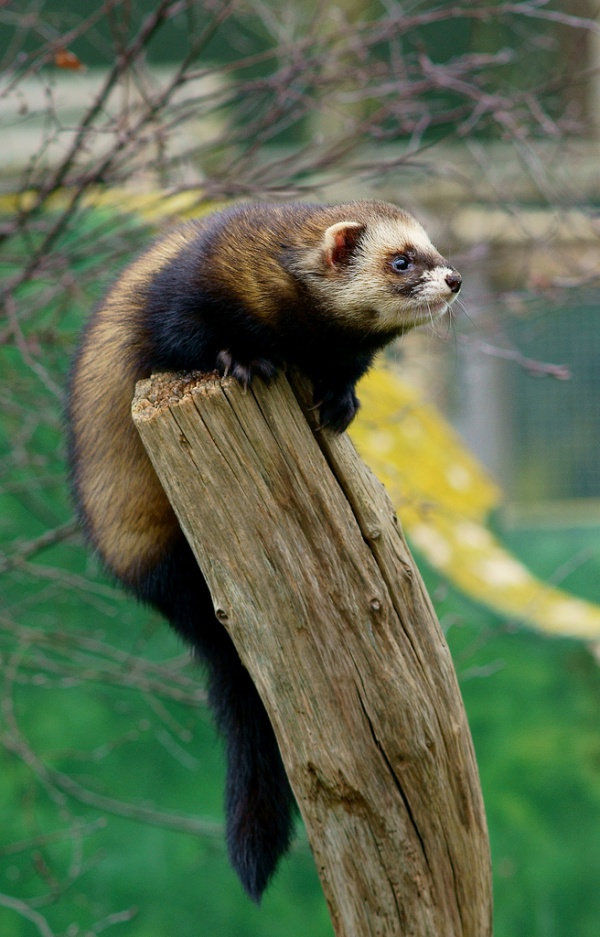
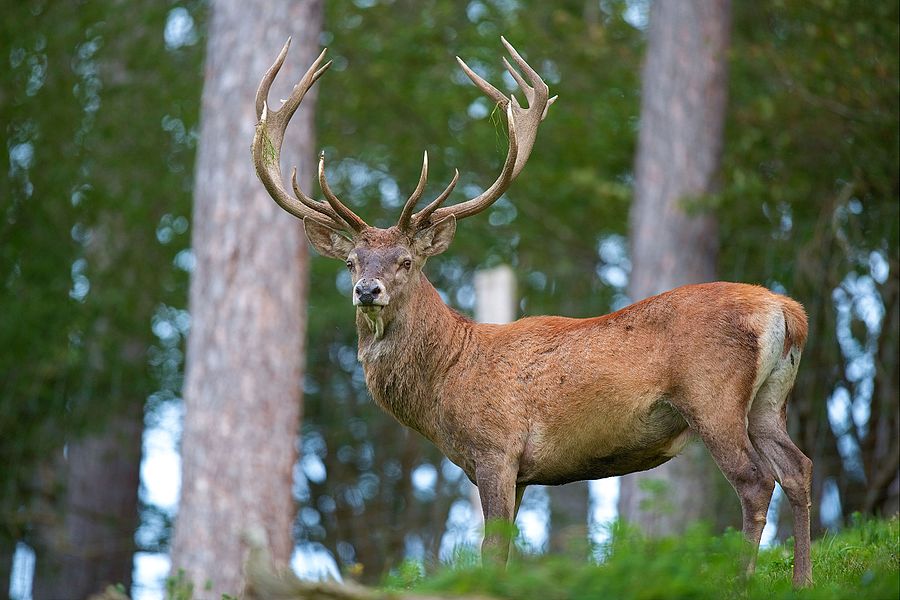
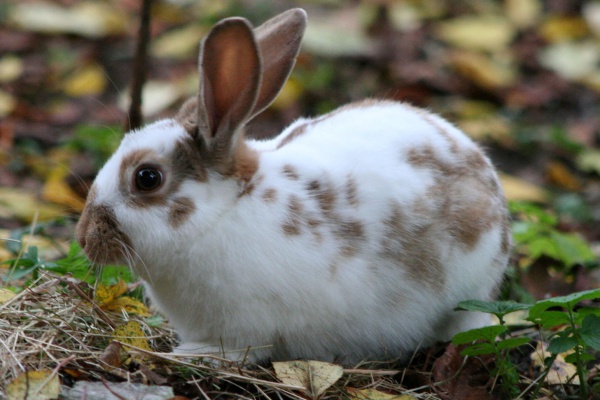
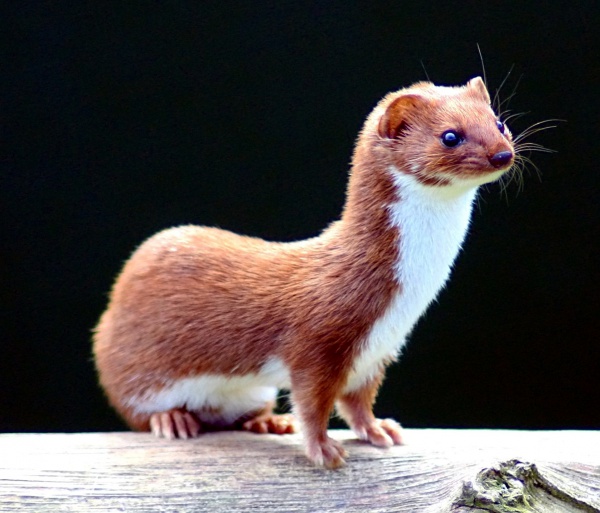
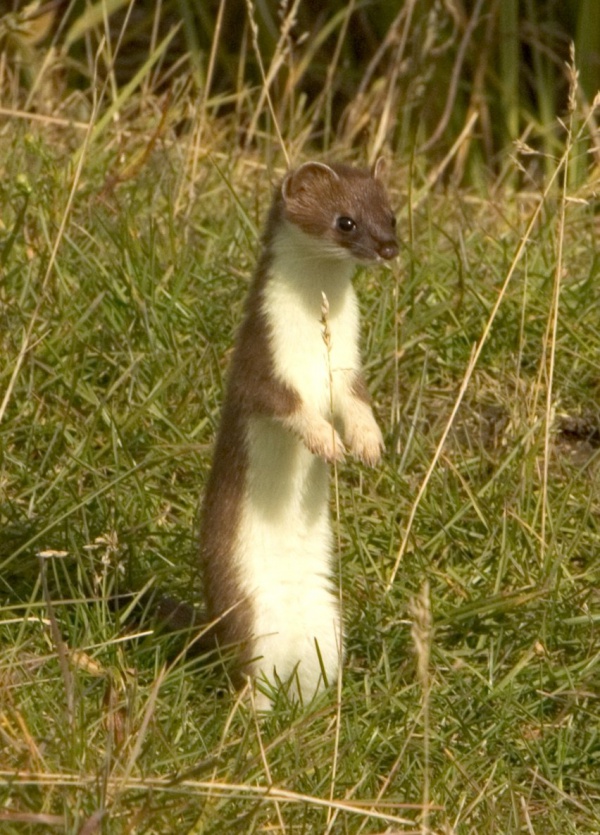
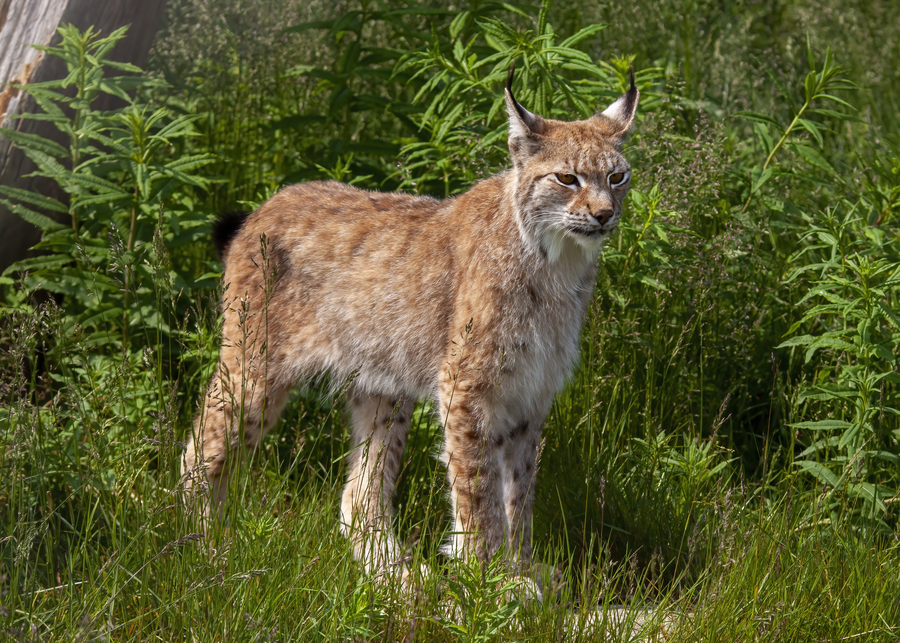
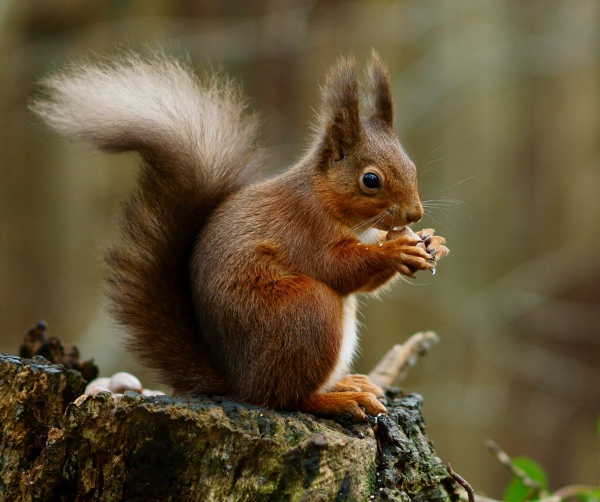
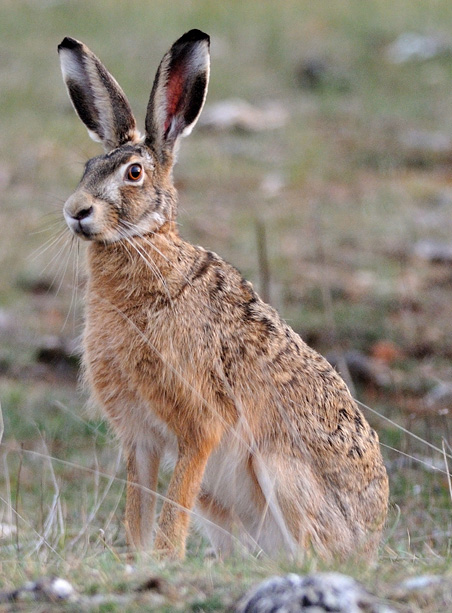
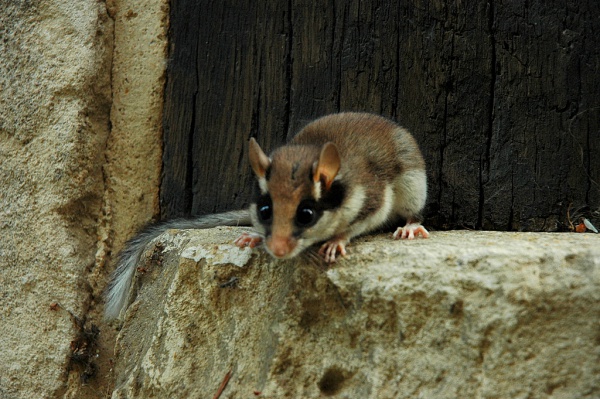
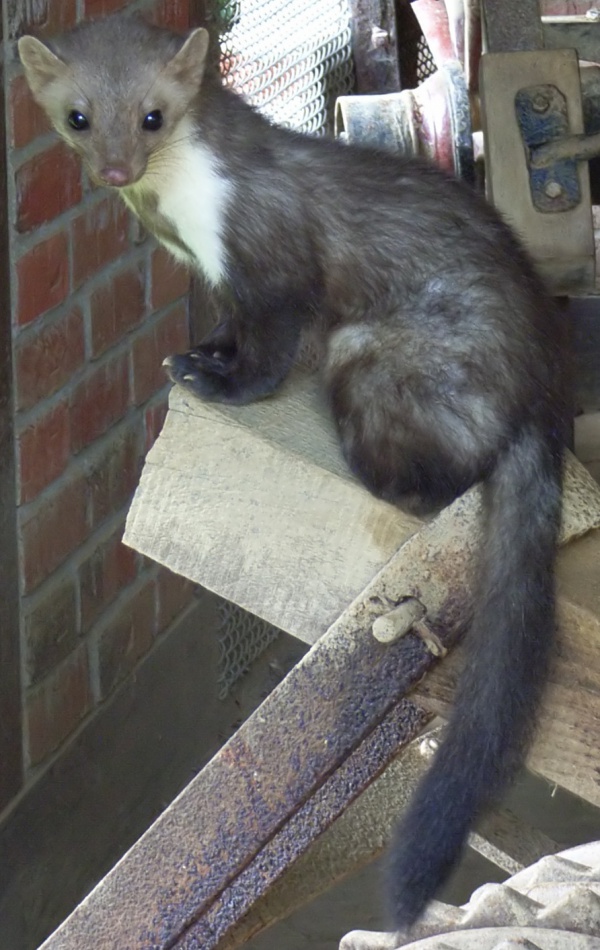
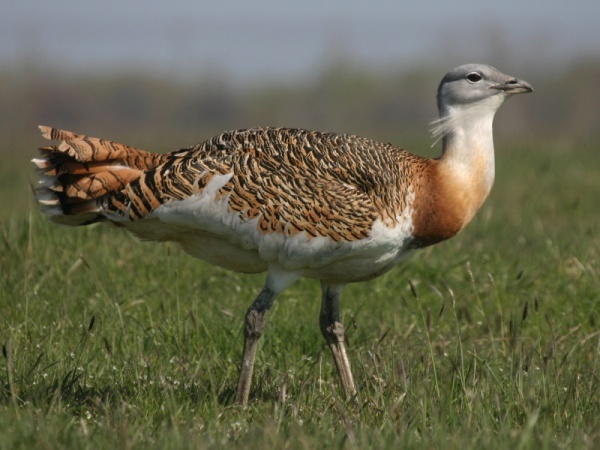
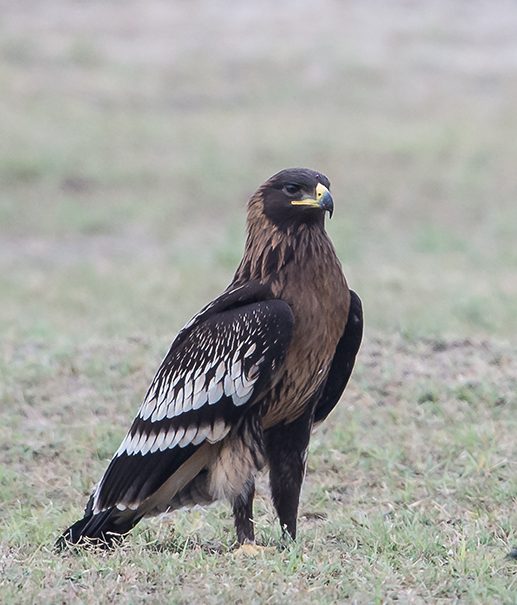
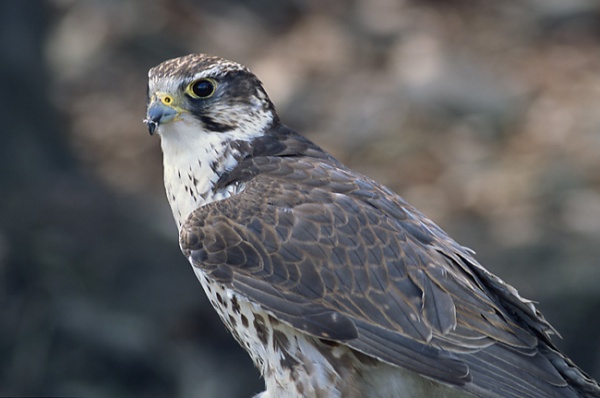
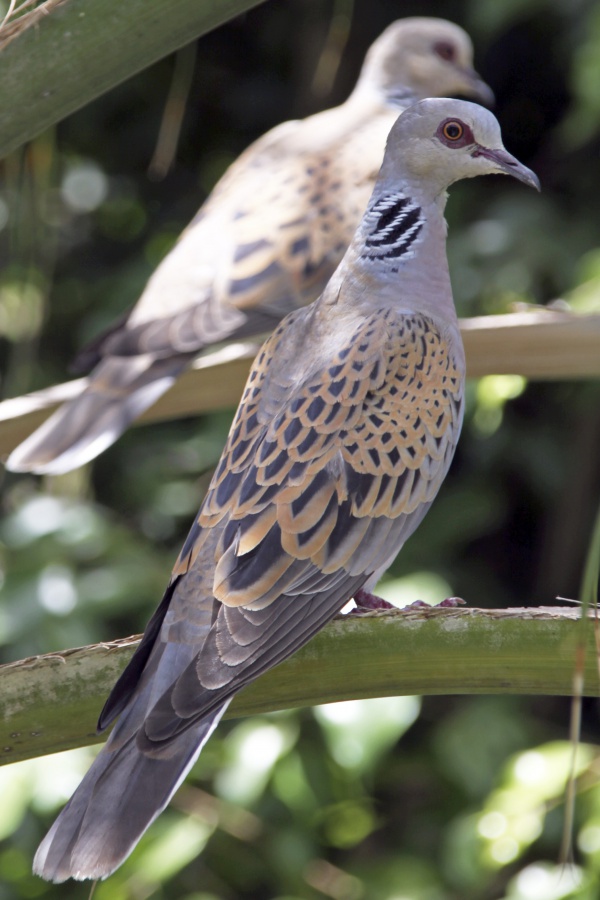
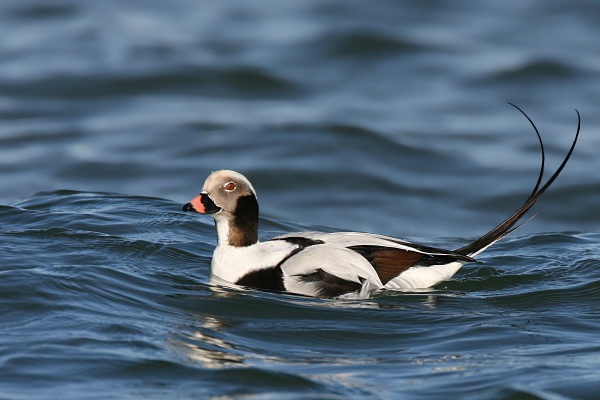
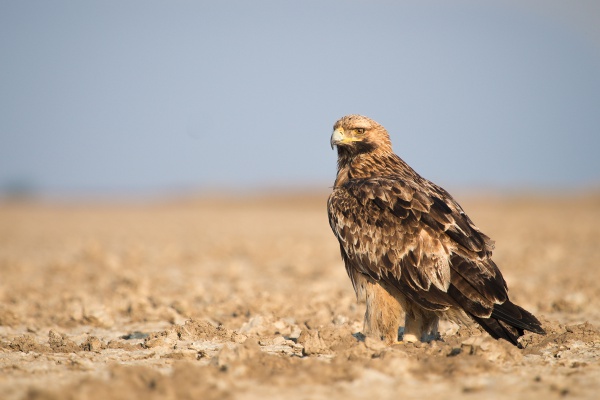
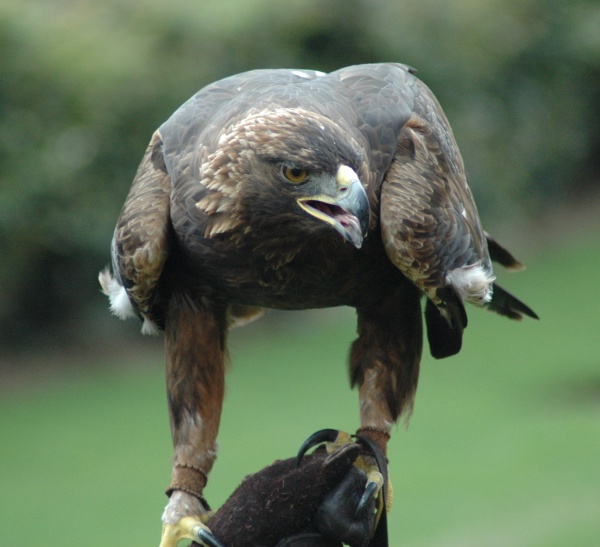
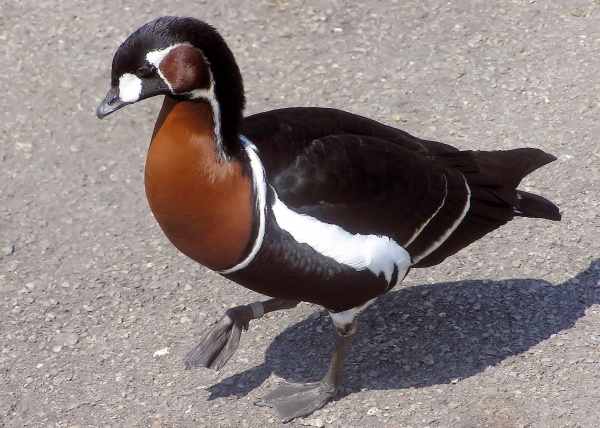
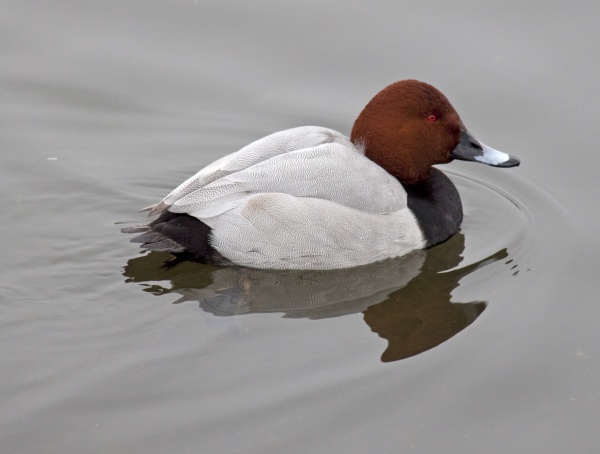
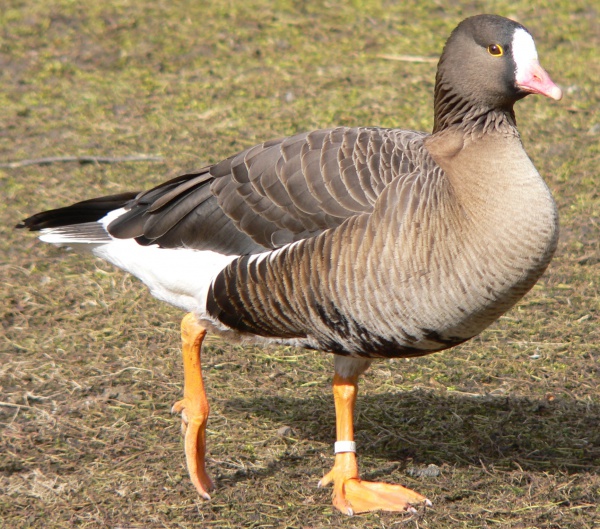
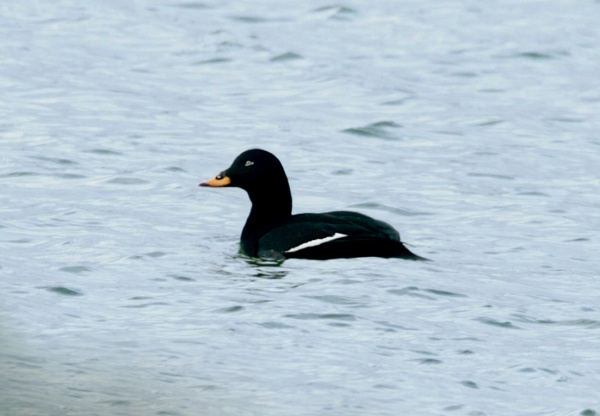
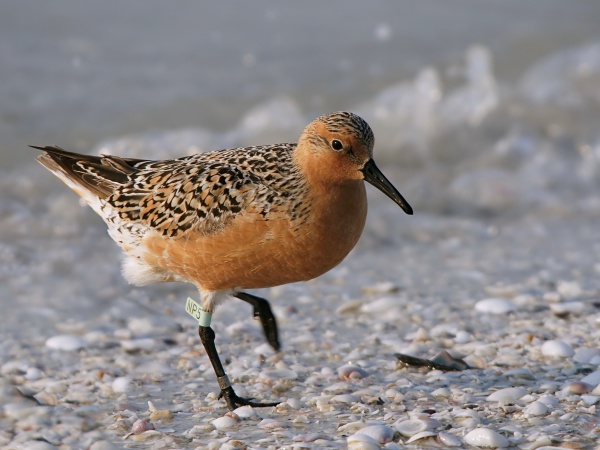
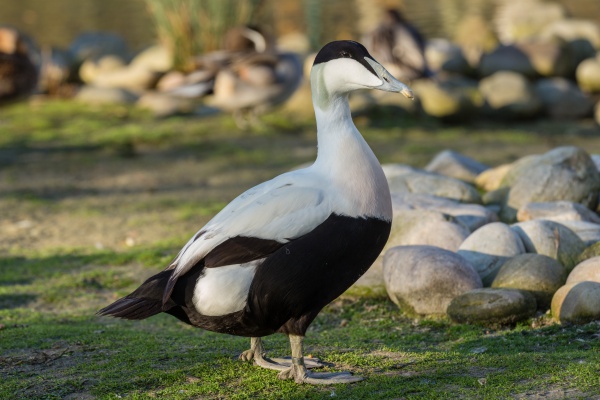
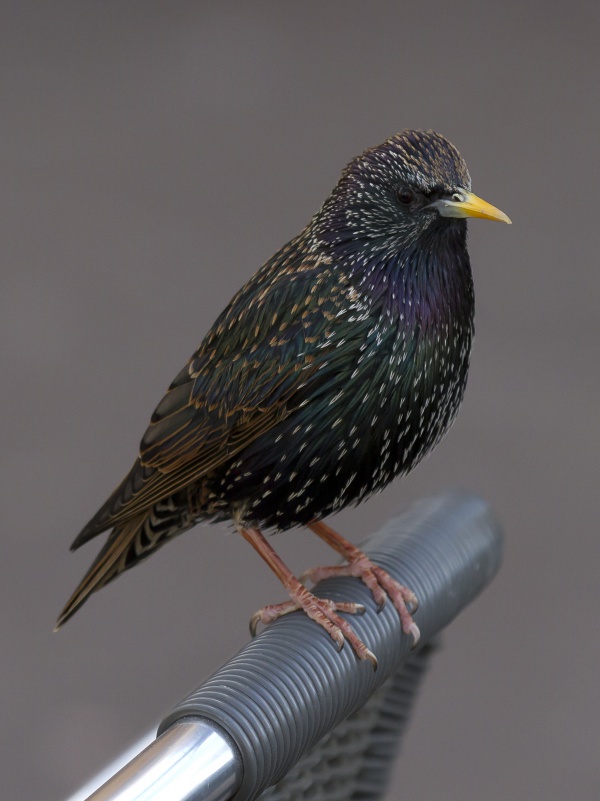
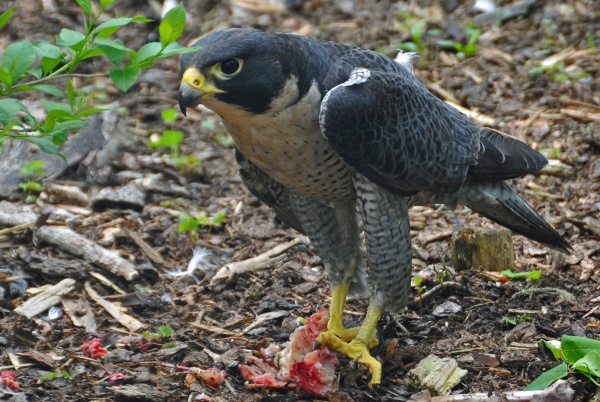
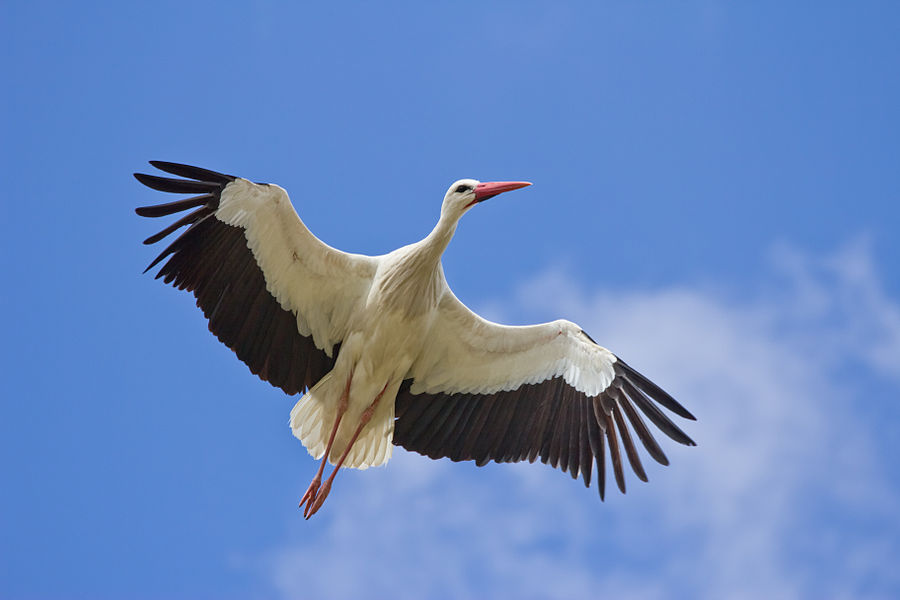
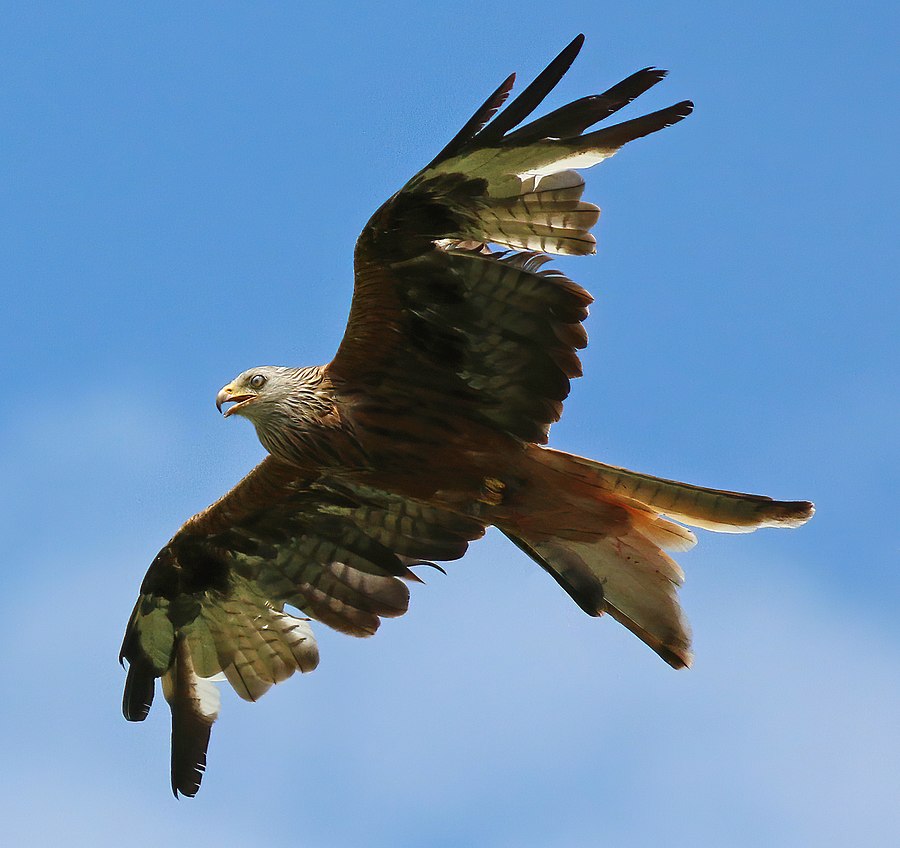
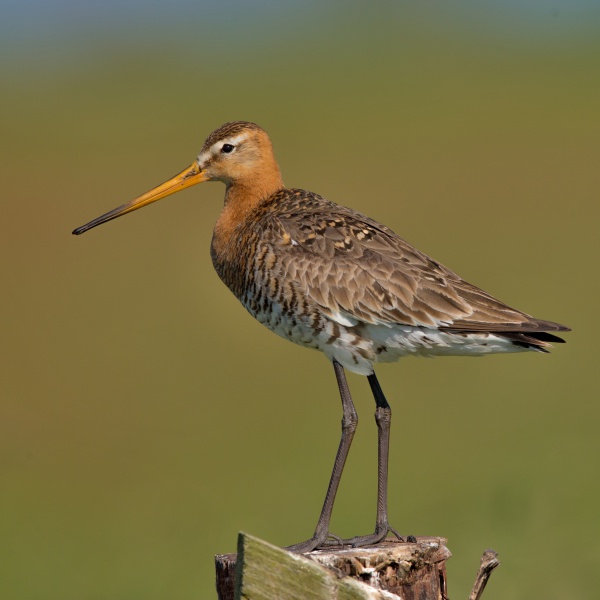
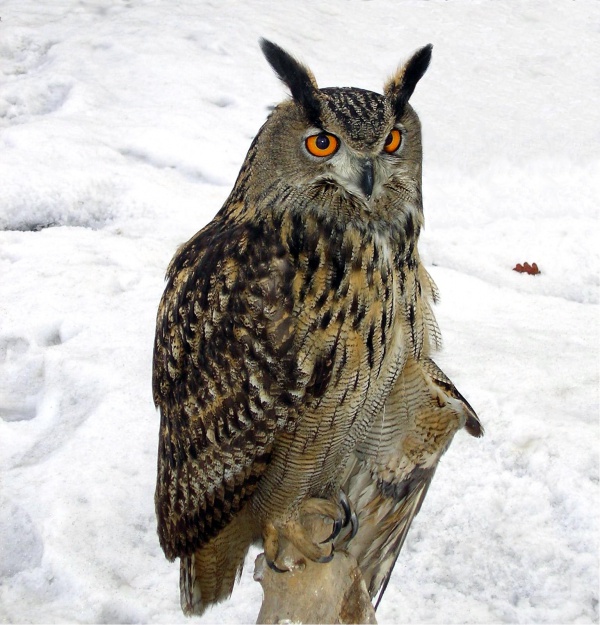
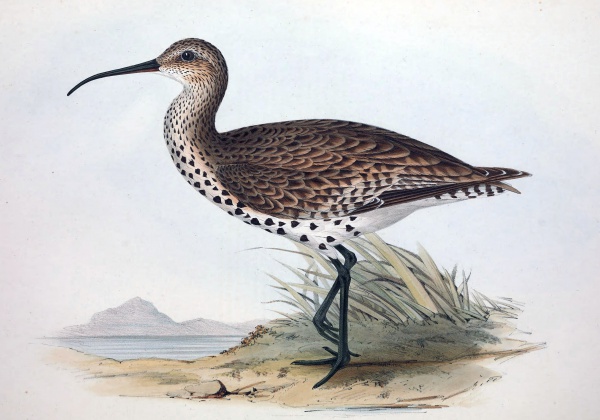
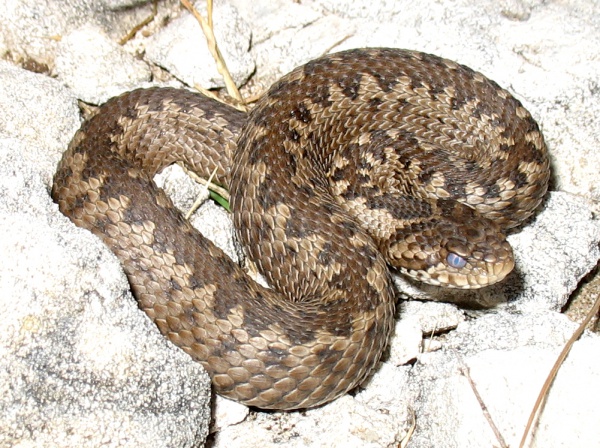
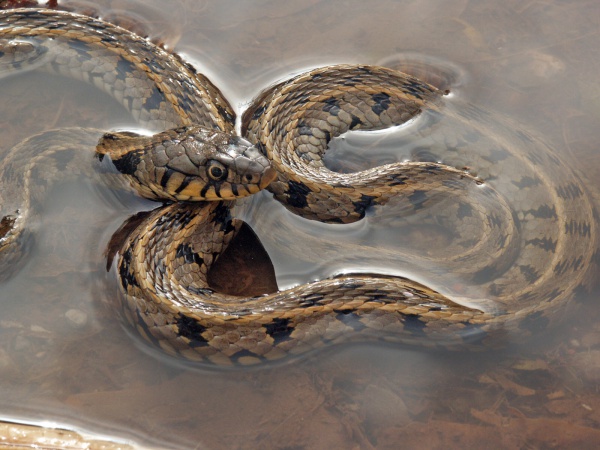
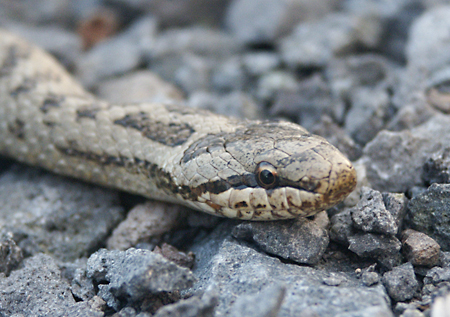
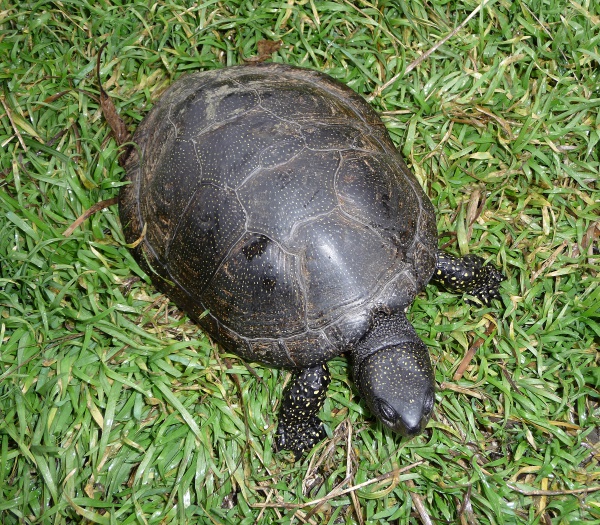
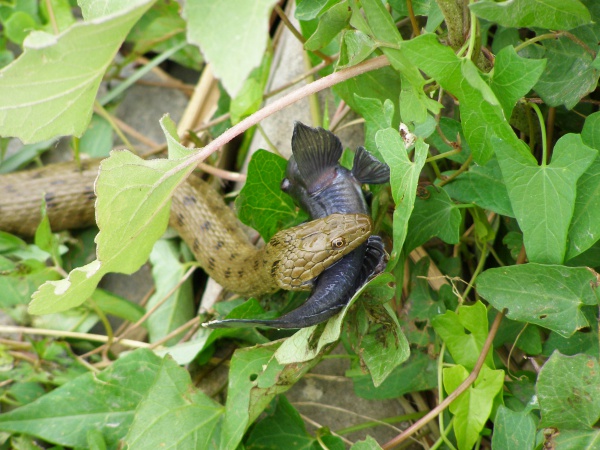
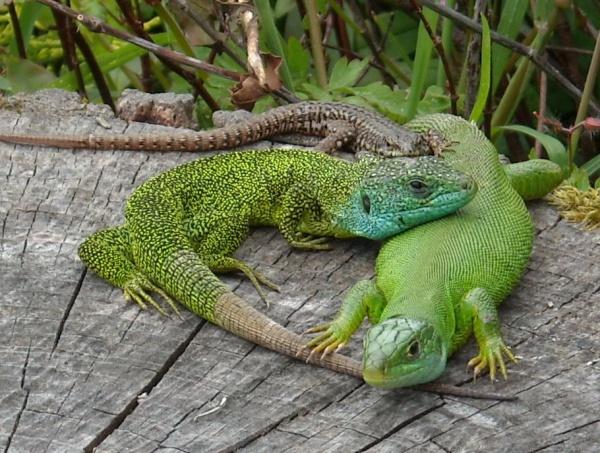
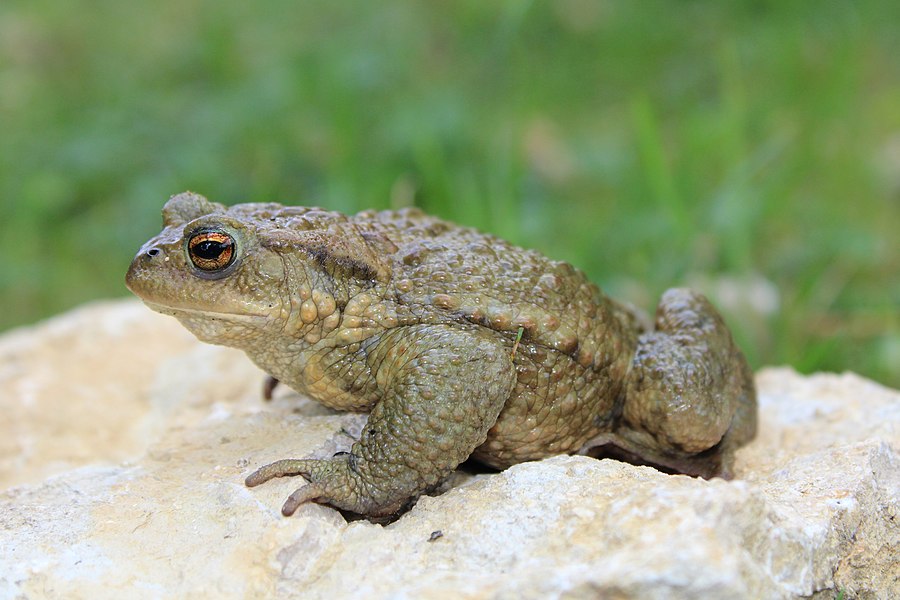
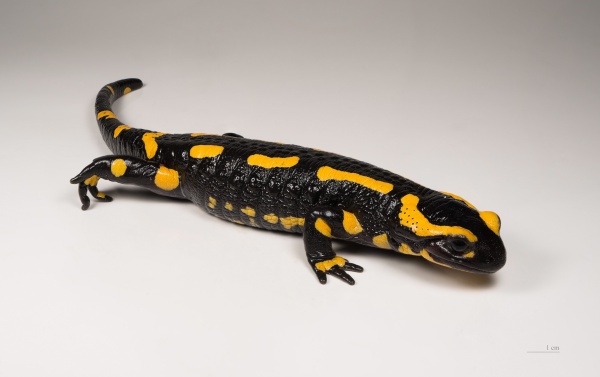
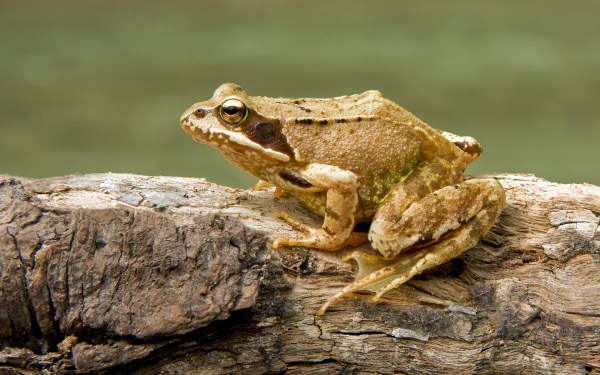
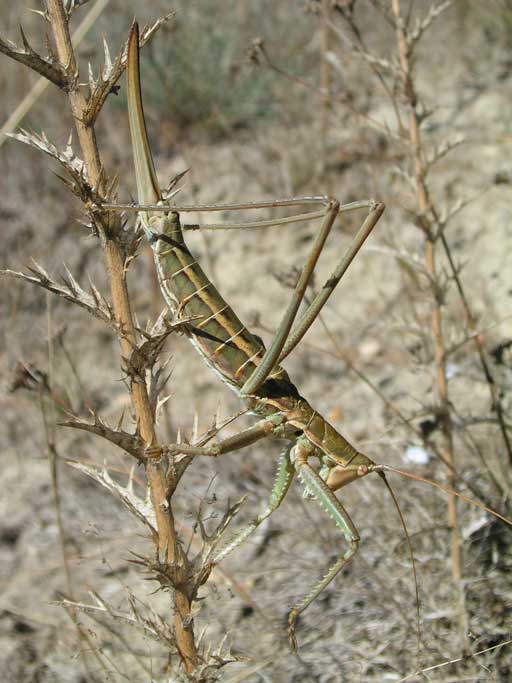
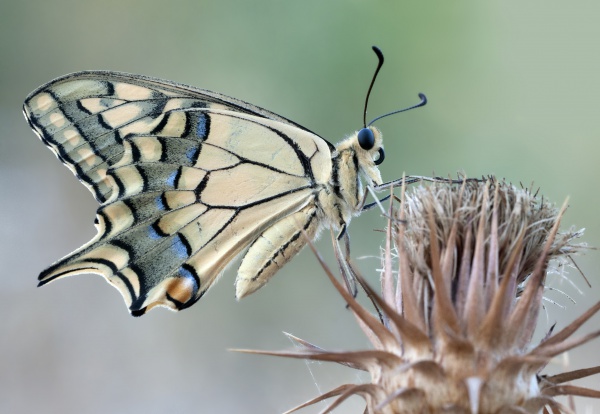
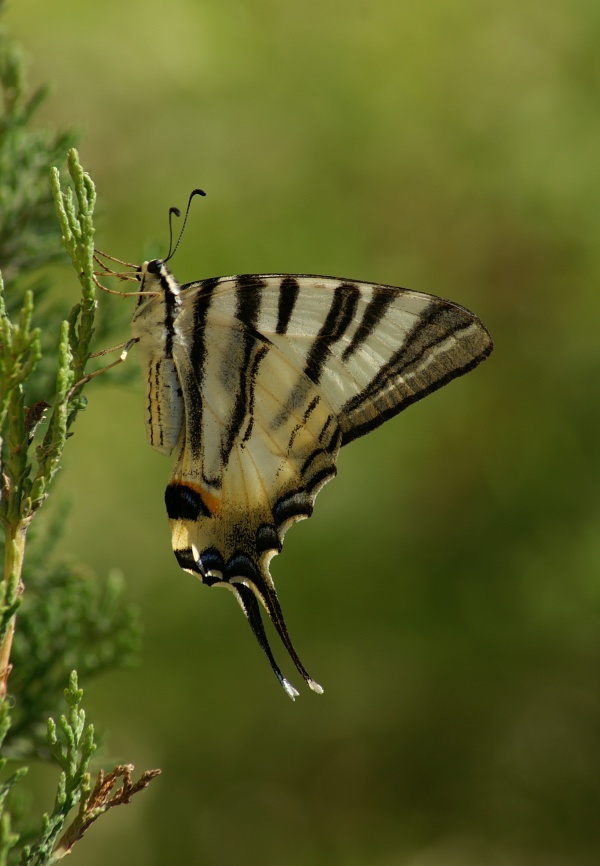
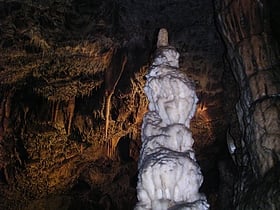
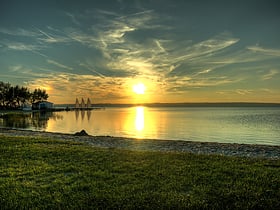
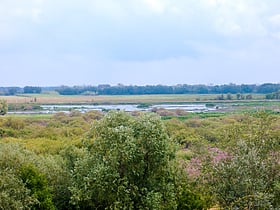
 Slovenia
Slovenia